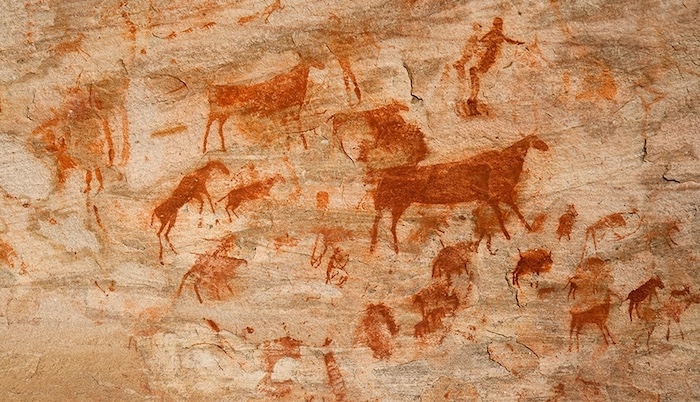Media release
From:
Fossil bones from six continents have revealed how people have fundamentally transformed mammal communities across the globe, according to new research that traces 50,000 years of animal history.
The international study, published in Biology Letters, shows that during the last Ice Age, mammal communities formed distinct patterns across continents based on natural climate zones and geographic barriers. But after farming began around 10,000 years ago, just a handful of livestock species spread along with humans and scrambled those natural boundaries forever.
"The study shows how agriculture and hunting combined as powerful global forces to reorganise ecosystems, which still creates conservation challenges today," says Associate Professor John Alroy from Macquarie University, a co-author on the study.
The researchers found just 12 domesticated species – including cattle, sheep, pigs and horses – appeared in roughly half of the global sites studied, fundamentally altering the composition of animal communities.
"We examined species lists from hundreds of archaeological and palaeontological sites across multiple continents, spanning the past 50,000 years," says lead author Professor Barry Brook from the University of Tasmania.
"All domesticated species had an impact, including donkeys, sheep, goats, pigs and dogs," Associate Professor Alroy says. "Large ungulates like horses and cows are important because they monopolise food resources wherever they are in high numbers."
The researchers developed a new computer-clustering method to show that domesticated animals link archaeological sites thousands of kilometres apart, while many wild mammals went extinct following human arrival.
"Over the last 10,000 years or so, humans have overseen the wholesale replacement of native mammal communities with a very limited set of domesticated species," Associate Professor Alroy says.
"National parks in the hardest-hit regions, such as Australia and the Americas, lack over half of the native large mammal species that would have been present if not for humans."
Read an extended version of this article on The Lighthouse – Macquarie University’s multi-media publishing platform – please credit when republishing.



 International
International


